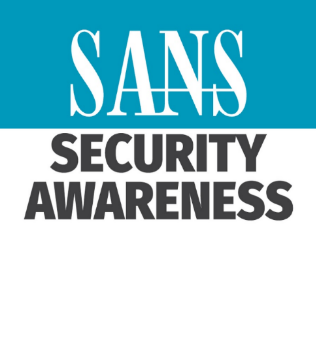
The SANS Security Awareness core curriculum is 35:49 in length and intended to provide training needed to be compliant with overall security awareness standards.
These modules portray realistic, memorable scenarios that are transferable to everyday tasks. Videos include a live action segment with a SANS Instructor and then move quickly to animated stories that help learners put their security awareness skills into action. By completing the training modules, learners “build their shield” – an interactive process that balances the risks in the threat landscape with empowering and engaging messages so learners can protect themselves, their families, and their organizations.
Accessibility
SANS Security Awareness is available in multiple languages. Core languages are available as video voiceovers, transcripts, and subtitles, while the additional languages are available as subtitles and transcripts.
The following 12 languages make up the core language offerings for SANS Security Awareness Training: Arabic, English, German, Polish, Chinese (Mandarin), French, Italian, Portuguese, (Brazilian), Dutch, French (Canadian), Japanese, and Spanish-Latin American.
Your account and signing in
You can access your Learner Dashboard to review your training and retrieve your certificates via this URL: infosec.lemoyne.edu